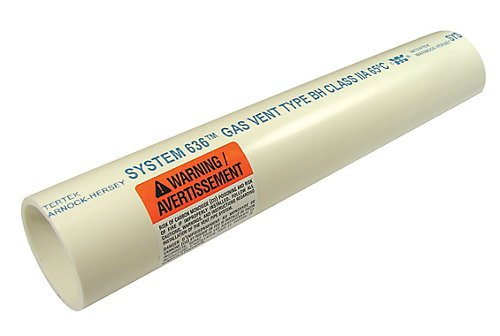Get Tech Tips
Subscribe to free tech tips.
Ohm My

One of the most common mistakes I hear techs make is confusing zero ohms with infinite ohms. The fuse above is showing near-zero ohms, which indicates a good electrical path with very little resistance.
If there is a perfect path, it would have zero ohms (which isn't actually possible unless you happen to be testing a superconductor).
If there is no path, the circuit has infinite ohms. That would show up as Open, OL, or something similar.
When I ask what ohm reading a technician is getting, they will often say “none.” None could easily mean zero or infinite, so it's important to clarify.
Once again:
Zero ohms = shorted/closed/directly connected
Infinite ohms = open/no path
Try to remember to say either infinite or zero instead of “no ohms” or “none” to avoid confusion.
—Bryan










Comments
To leave a comment, you need to log in.
Log In